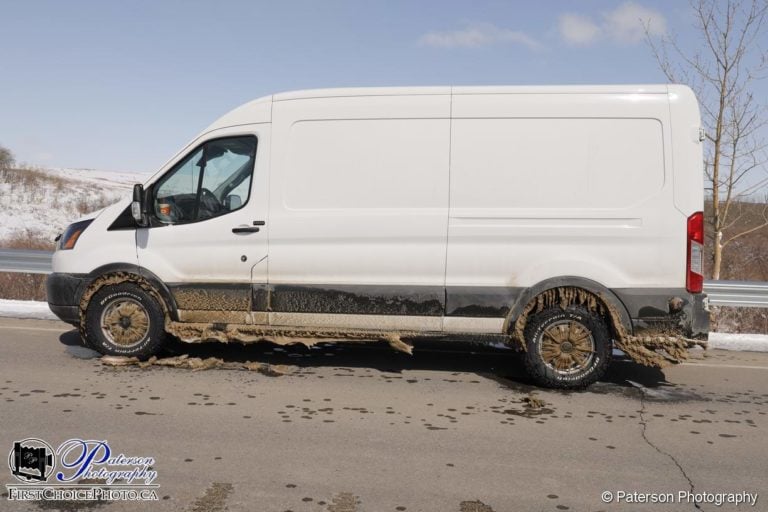We've had a pretty snowy week-end here in Quebec / north-eastern US.
Being the snow addict I am I went where there was the most snow (mid-Vermont) to get some good skiing.
Arrived there at the beginning of the snow storm, went through a small pass (Rochester Gap, for those who know). It's not that steep, but steep enough for the traction control to engage all the time on snow covered road. At some point the traction control was inducing gear changes so often it started to smoke... and I was not able to go farther ! Stopped by the road, waited some time, installed the chains, disabled the traction control, switch to "manual" mode and went again, slow and steady. No problem then, made it to my skiing spot easily !
Next day, looots of snow (yeah !!! happy guy !), icy roads, van covered by almost 2 feet of snow... went skiing, then it was time to head back home... I removed the chains after I went out of my parking spot (could not get out without chains), the roads where kinda plowed, plenty if ice.
What I did is : first thing disable traction control for all the ride, and switch to "manual" as soon as I was on a long and twisty climb... Then I would stay on the same gear (3rd IIRC), steady at 2000/2500 rpm, and had absolutely no problem even on the steepest climbs I drove through.
As far as I'm concerned, on snow the traction control is you worst enemy, especially paired with automatic transmission (I hate automatic, gears change at the worst time all the time !)
Did not need chains on my way back home.







